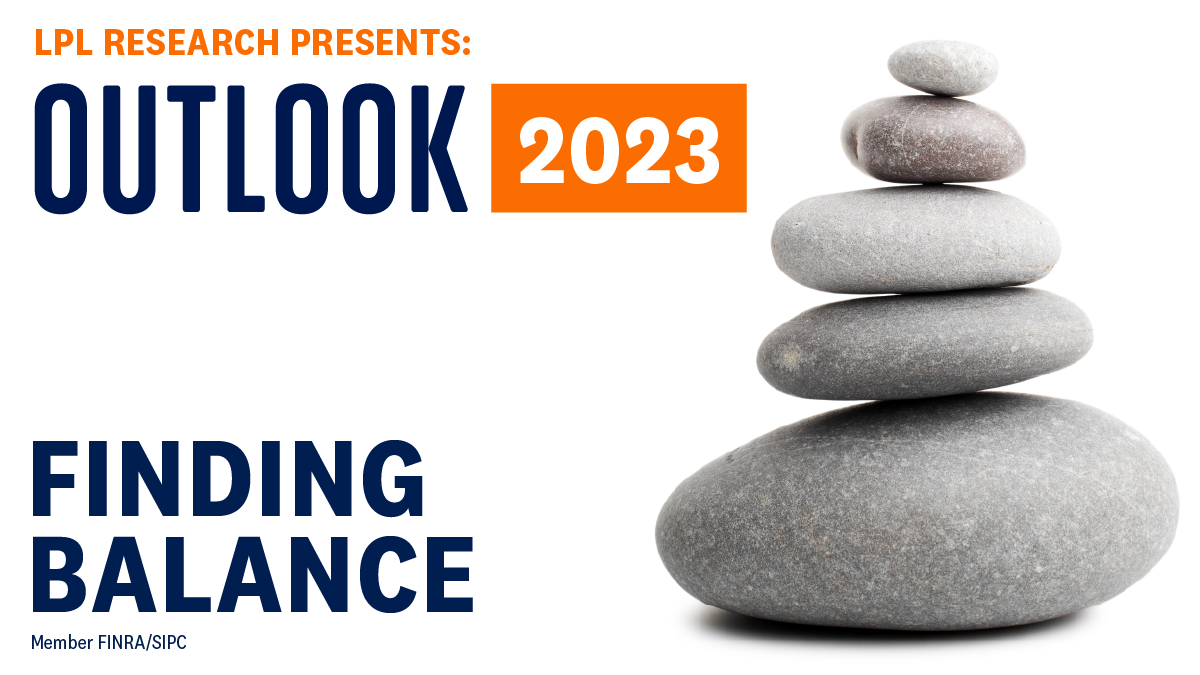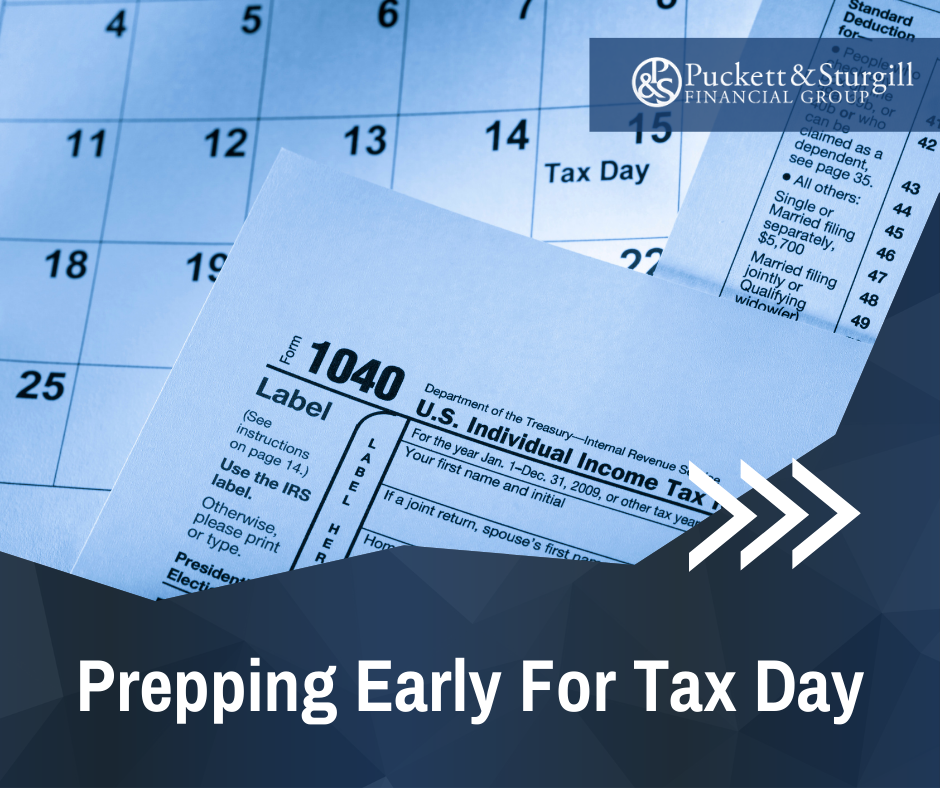
How to Prepare for Retirement
Whether you’re just starting your career or are planning to retire this year, it’s never too soon or too late to start preparing for your retirement. What this entails may be different from person to person, but there are a few essential tips everyone should keep in mind when saving up for their eventual retirement. Start early Saving for retirement isn’t something that most of us can do overnight. It takes time to build up the necessary funds, so it’s best to start saving sooner rather than later. While you don’t necessarily have to start saving in your twenties, you should seriously start investing into your retirement funds in your thirties and forties. This will give you time to add to and subsequently grow your 401(k), IRA, Roth IRA, or other high-yield savings accounts. With that being said, it’s also never too late to start saving for retirement. You might just have to be more aggressive with your savings to build up a fund that can prepare you for your next steps into retirement. Save, save, save While there’s no one right number for how much you’ll need to save for retirement, it’s generally estimated that retirees need between 70 and 90 percent of their preretirement annual income, which will be a combination of savings and social security. To help you reach this goal, you’ll want to save around 15 percent of your gross annual income every year. There’s always some flexibility to this number, but there’s also no such thing as saving too much. If you work for a business that offers a 401(k) company match, try meeting at least the minimum requirements of that match. This is additional money that you’ll be able to use when it does come time to retire. If you’re company doesn’t offer this benefit or if you’re self-employed, you can always open your own 401(k) or IRA retirement account that you can add to every month. Know what to expect from retirement It may not be easy to picture, but it can help in your quest to save for retirement if you have an idea of the kind of lifestyle you’ll want to live when you hit retirement age. Are you going to be moving states, traveling, or taking a part-time job? You’ll also have the expenses associated with the cost of living, such as housing, food, and healthcare, as well as taxes on Social Security and withdrawals from your retirement accounts. All this can impact the amount you’ll spend each month while in retirement, thus impacting the amount you’ll need to save before retiring. Even if you don’t yet know what retirement will look like for you, keep it in the back of your mind so you can adjust your savings and investments the closer you get to retirement age. Account for inflation No matter what general suggestions you follow, it’s always a good idea to save more than you think you may need. The cost of living tends to increase by at least 2 percent each year, though that can vary greatly depending on the state of the economy. By saving more, you’ll help to protect your future self and ensure your financial security so you can enjoy all that comes with retirement. Important Disclosures The opinions voiced in this material are for general information only and are not intended to provide specific advice or recommendations for any individual security. To determine which investment(s) may be appropriate for you, consult your financial professional prior to investing. Contributions to a traditional IRA may be tax deductible in the contribution year, with current income tax due at withdrawal. Withdrawals prior to age 59 ½ may result in a 10% IRS penalty tax in addition to current income tax. The Roth IRA offers tax deferral on any earnings in the account. Withdrawals from the account may be tax free, as long as they are considered qualified. Limitations and restrictions may apply. Withdrawals prior to age 59 ½ or prior to the account being opened for 5 years, whichever is later, may result in a 10% IRS penalty tax. Future tax laws can change at any time and may impact the benefits of Roth IRAs. Their tax treatment may change. This information is not intended to be a substitute for specific individualized tax advice. We suggest that you discuss your specific tax issues with a qualified tax advisor.
This article was prepared by ReminderMedia. LPL Tracking #1-05351612











